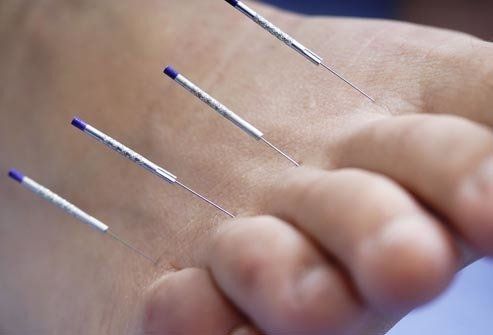Physiotherapy

Physiotherapists are healthcare professionals who help people resume an active and independent life at home and at work. They are experts in assessing movement, addressing individual needs, helping to improve function and managing pain.
A number of treatments methods maybe used including exercises, joint mobilisation/manipulation, massage, advice and electrotherapy.
If your problem is not listed below, please enquire.
Conditions Treated
- Back pain & sciatica
- Neck & arm pain
- Headaches & dizziness
- Pregnancy back & joint pain
- Workstation assessment & ergonomic advice
- Sports injuries
- Joint, ligament & muscle pain
- Arthritis
- Jaw pain
- Post operation & fracture rehabilitation
- Mobility issues
Acupuncture
Research has shown that most people gain pain relief with acupuncture. It does not work for everybody and every condition, but frequently, good results are achieved when more conventional medicine has failed.
Chartered physiotherapists are in a unique position to combine acupuncture with other physiotherapy treatment methods.
Sue Cowley is a member of the AACP (Acupuncture Association of Chartered Physiotherapists). All members are trained to use the strictest hygiene. Only sterile, disposable needles are used.
Acupuncture has been used in China for thousands of years and has increasingly become more integrated into western medicine.
There are several theories as to how the effects are produced.
The traditional view is that Qi (energy) flows around the body in channels called meridians. This flows freely if the body is in a healthy state. If there is a problem the energy is either increased or decreased in the area. The stimulation of appropriate acupuncture points creates normal free flowing energy again.
The more western approach makes use of trigger points. These are areas, usually in the muscle, that hurt when pressed and cause pain (which may be some distance from the trigger point). Trigger points can be treated by pressure or using acupuncture needles. Often it is more comfortable to needle these points rather than press on them to release them!
Frequently traditional acupuncture points are in the same area as trigger points so the two approaches can be combined.
Workstation Assessments



